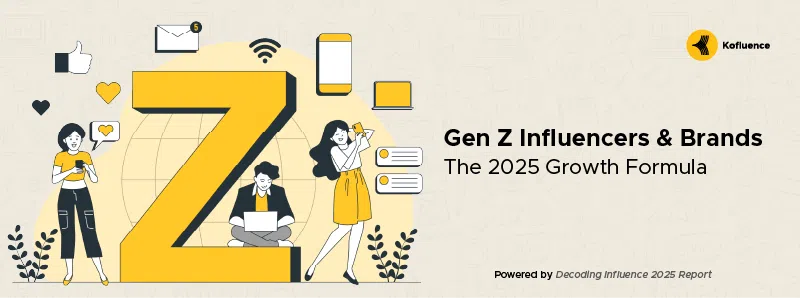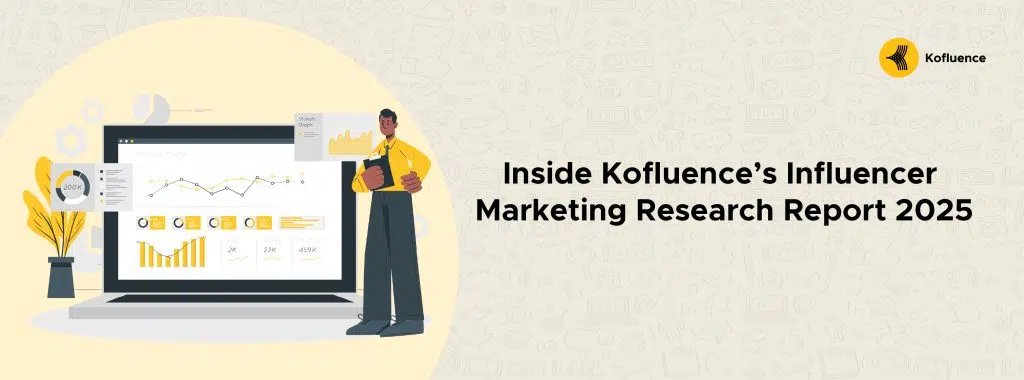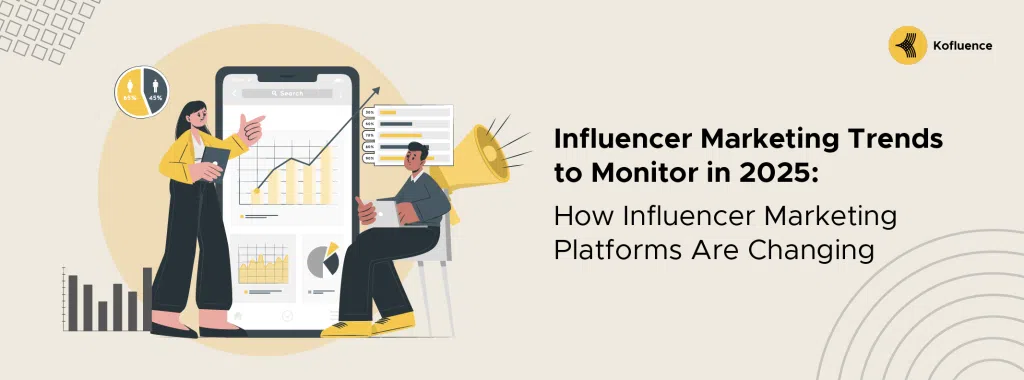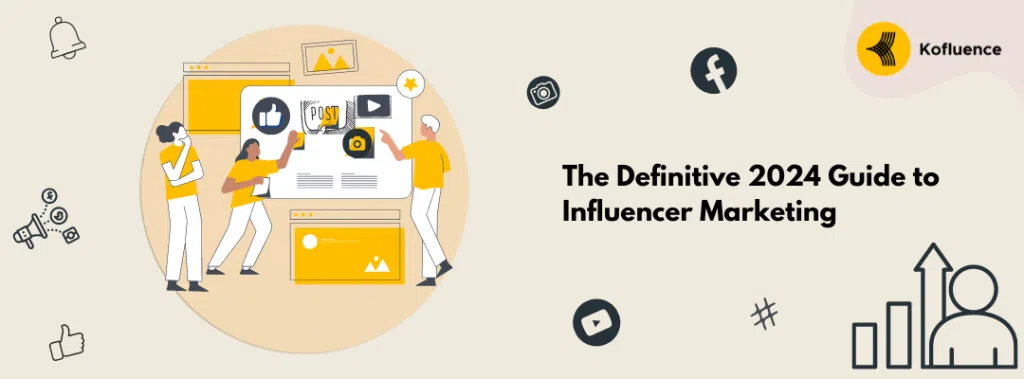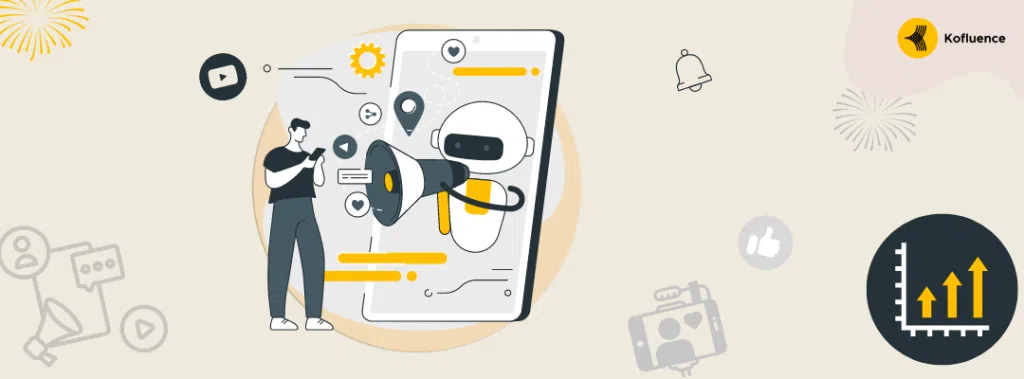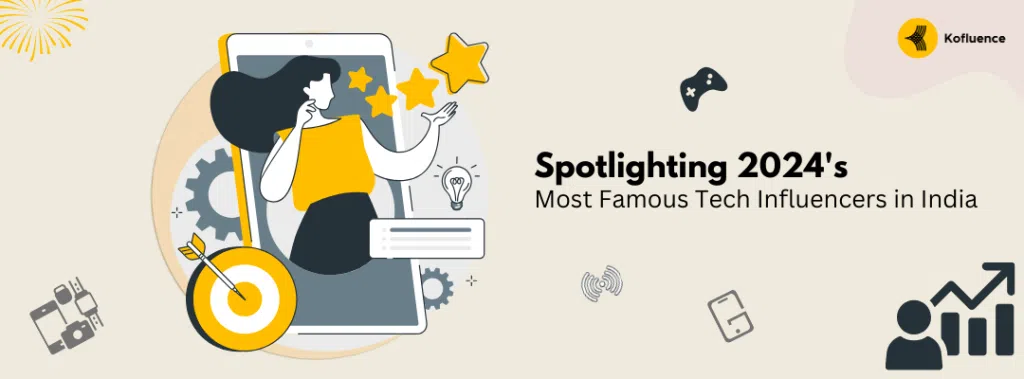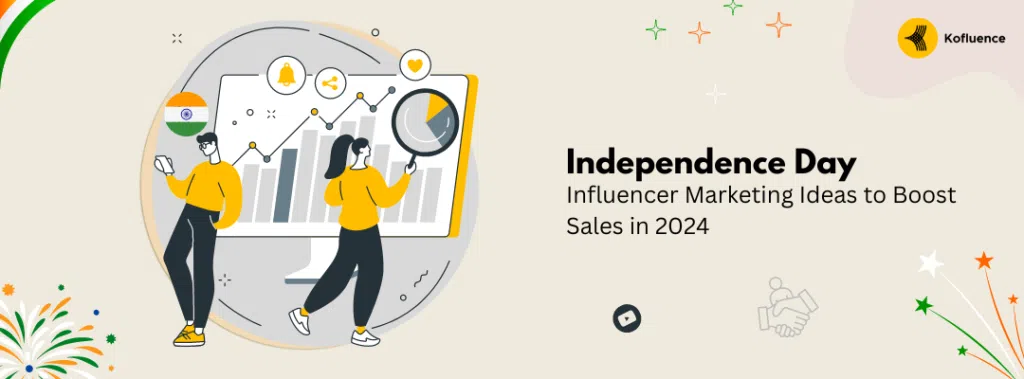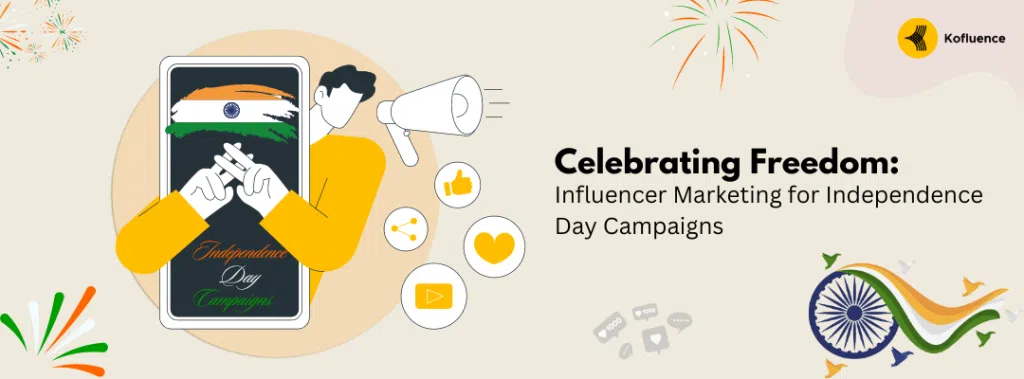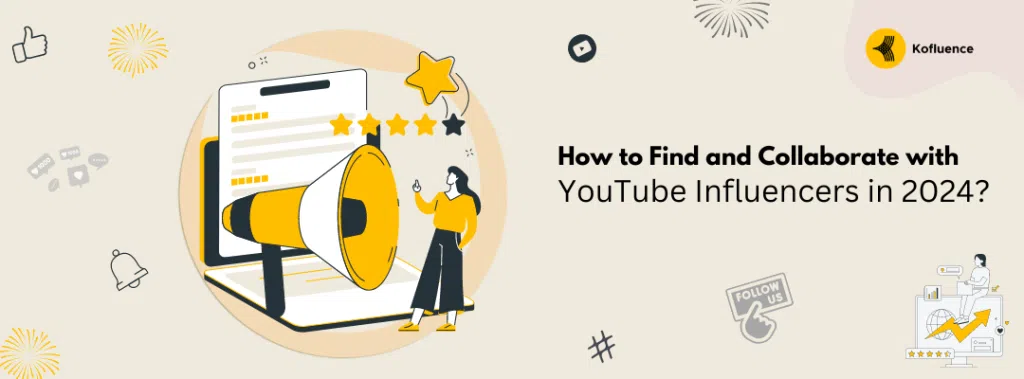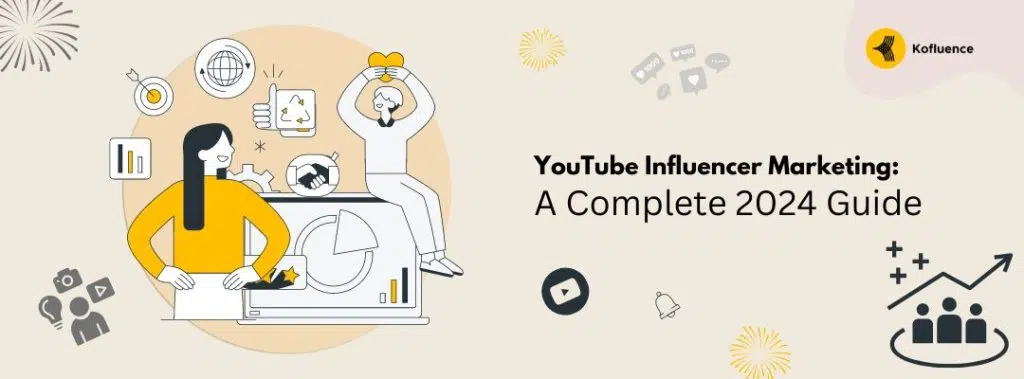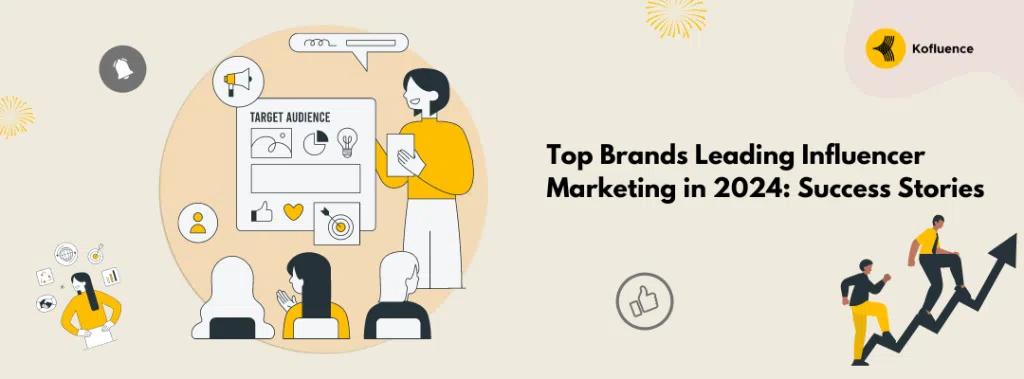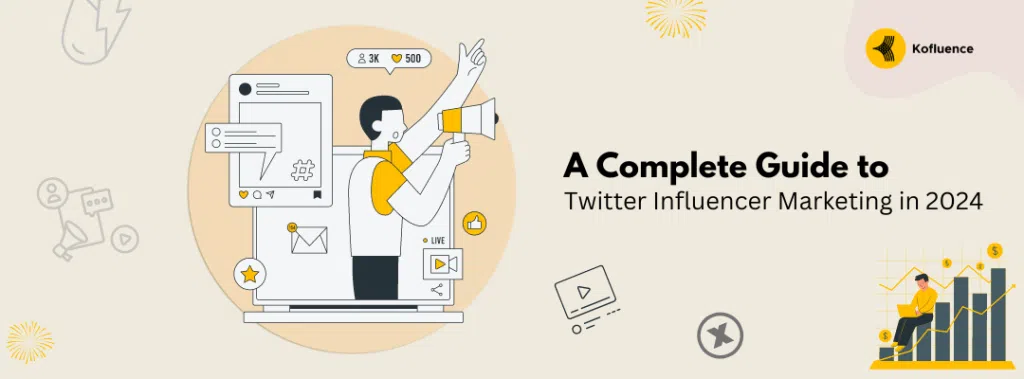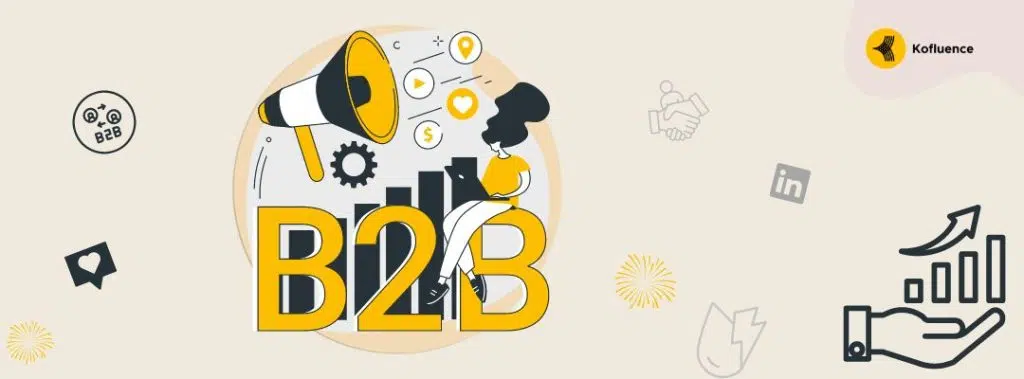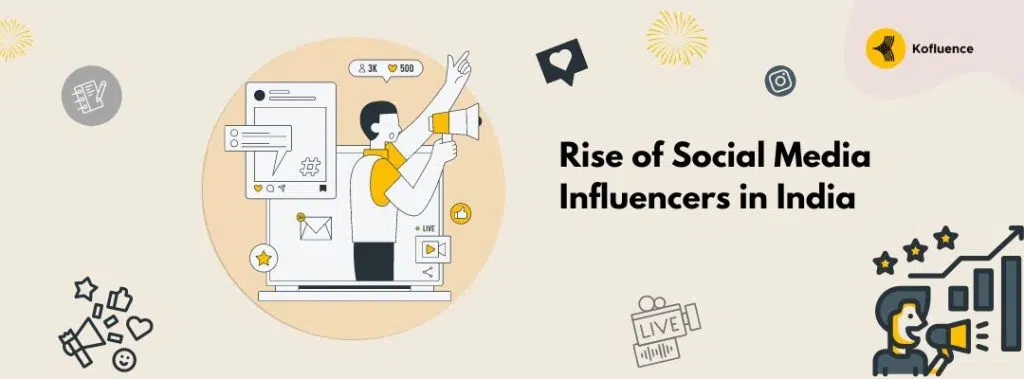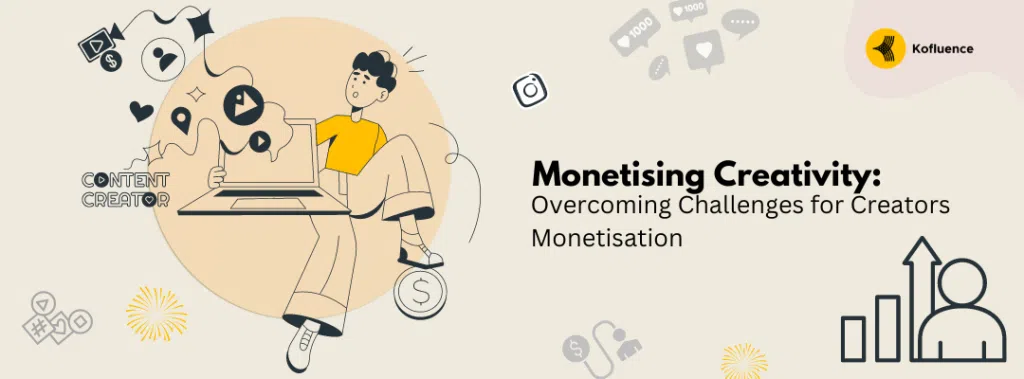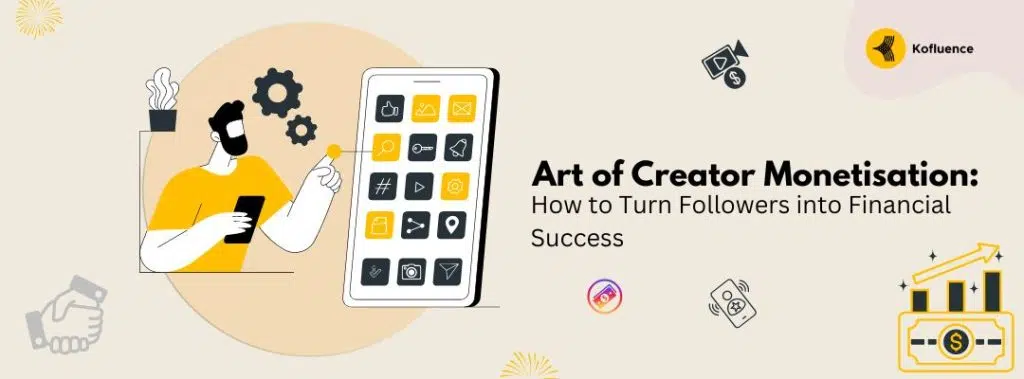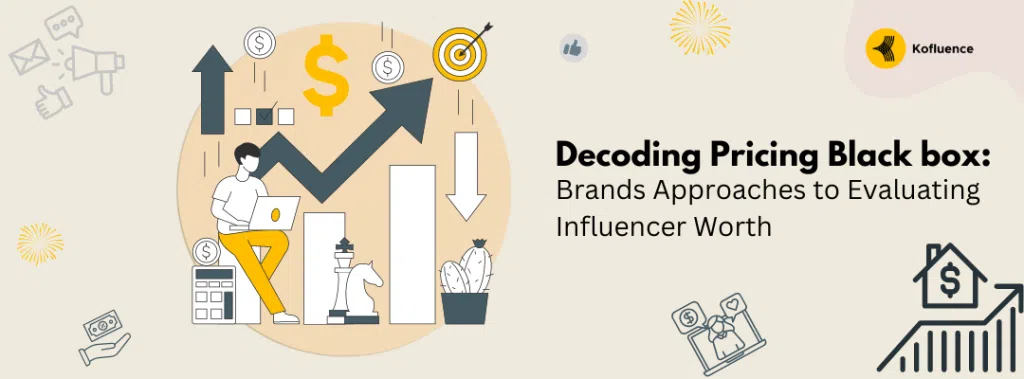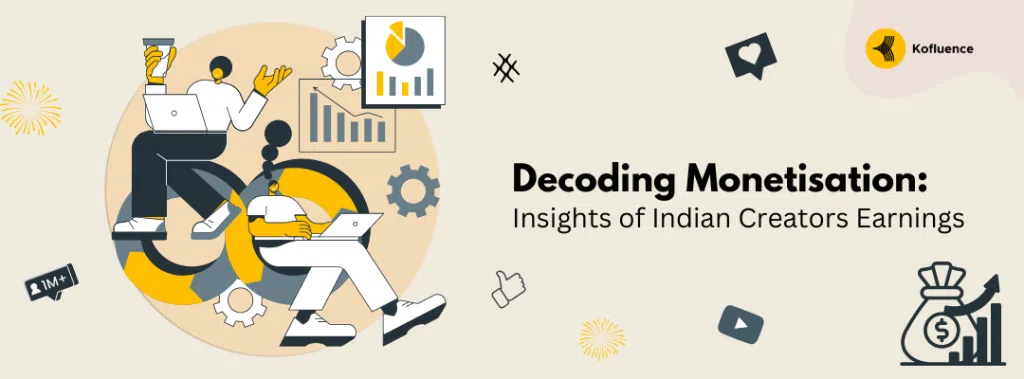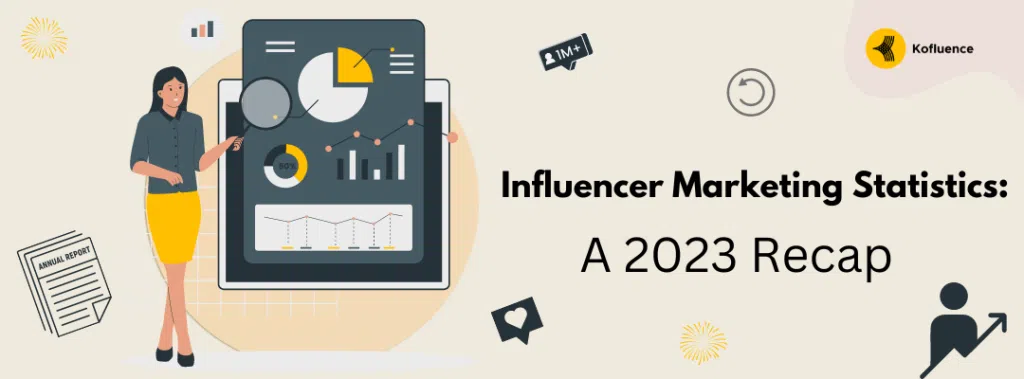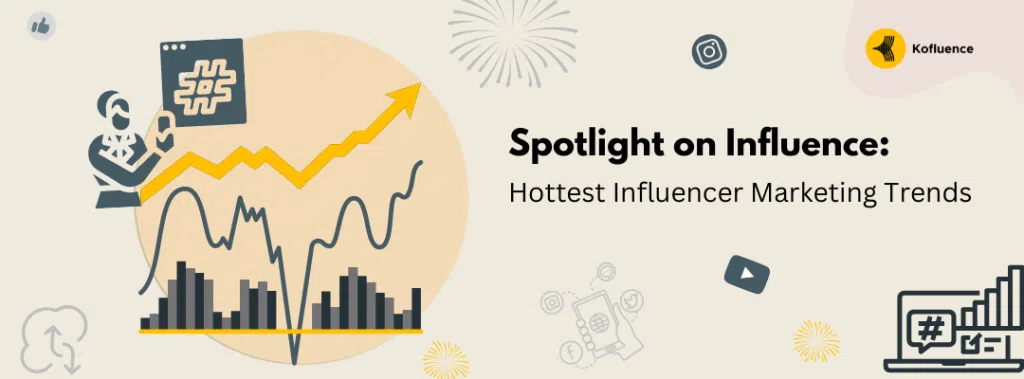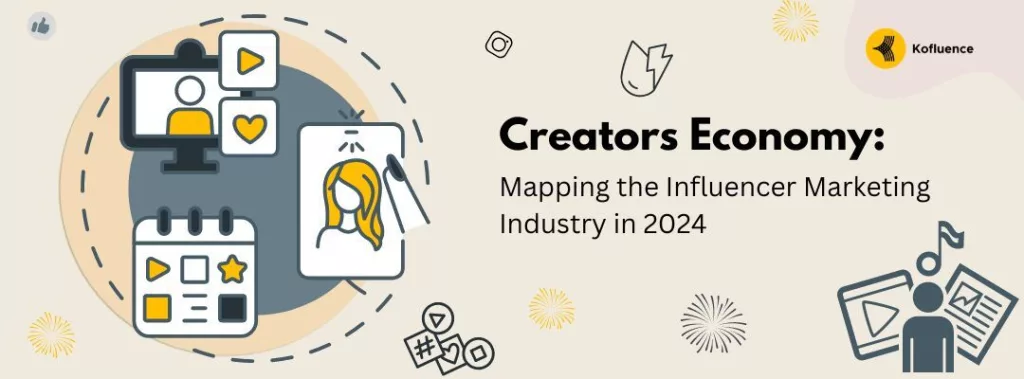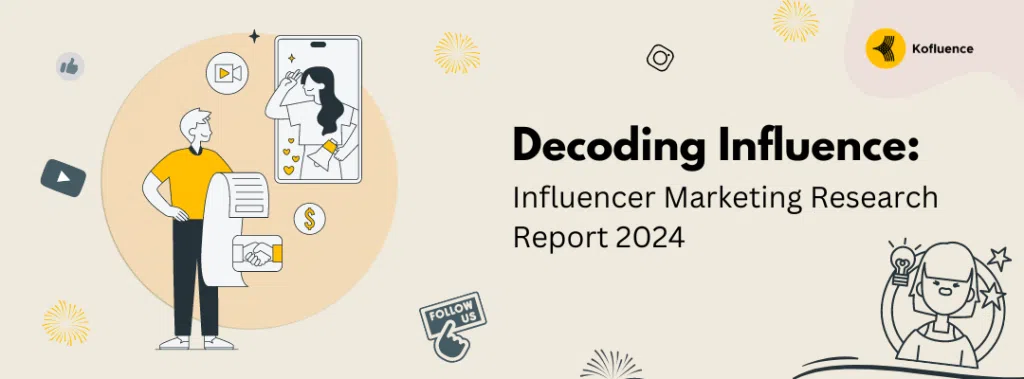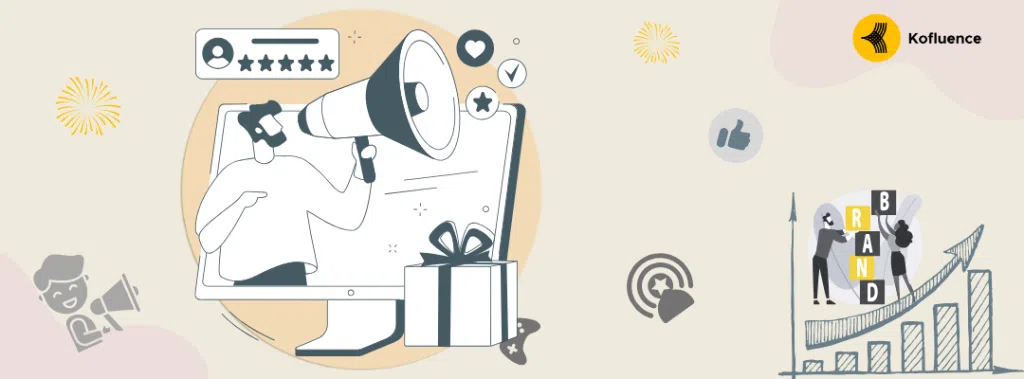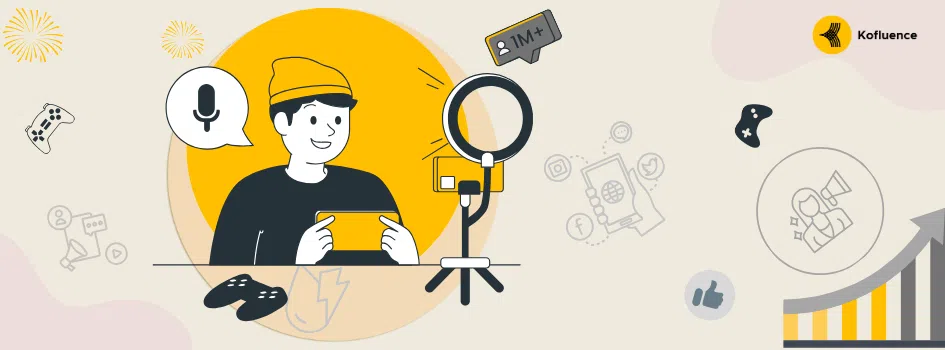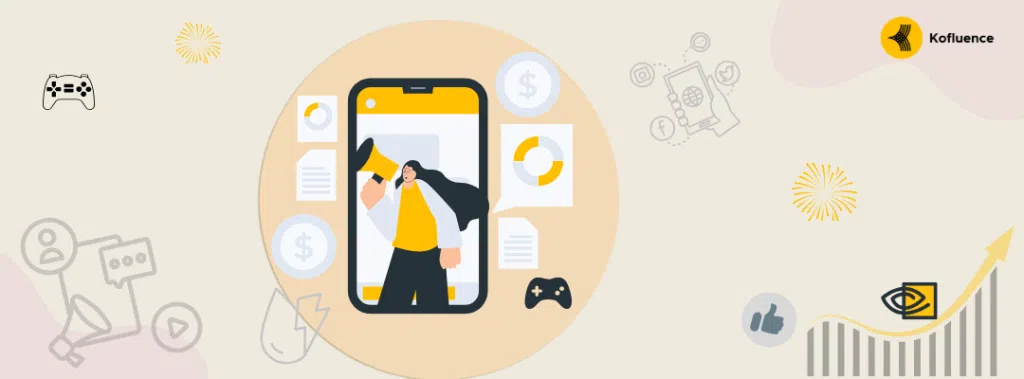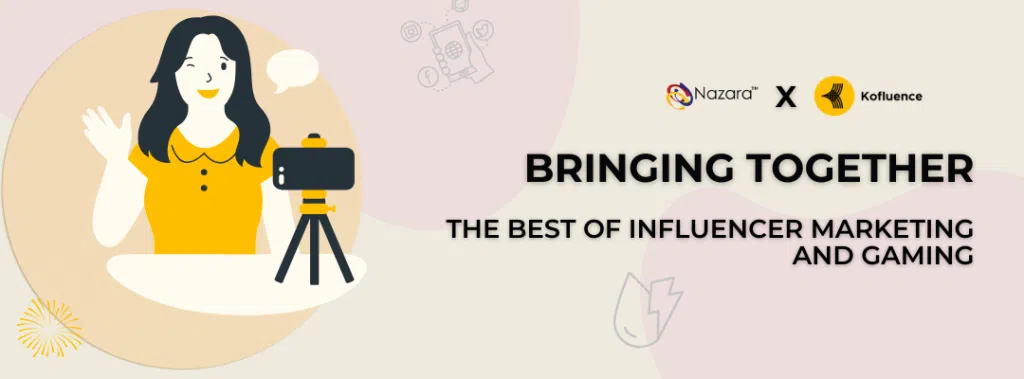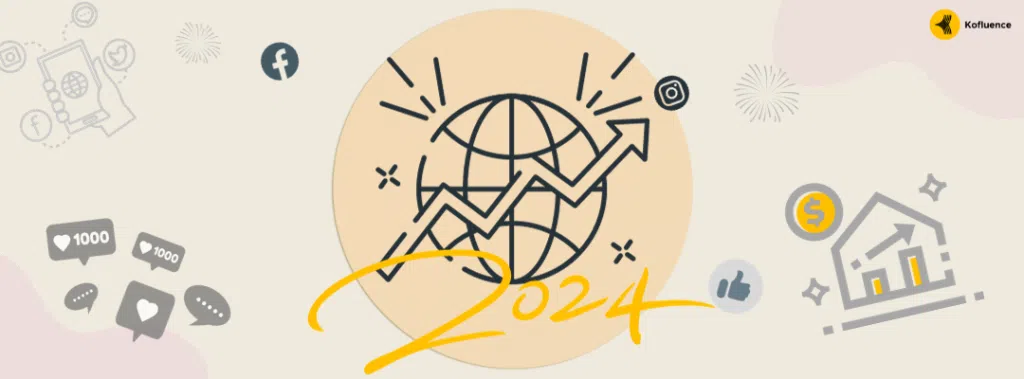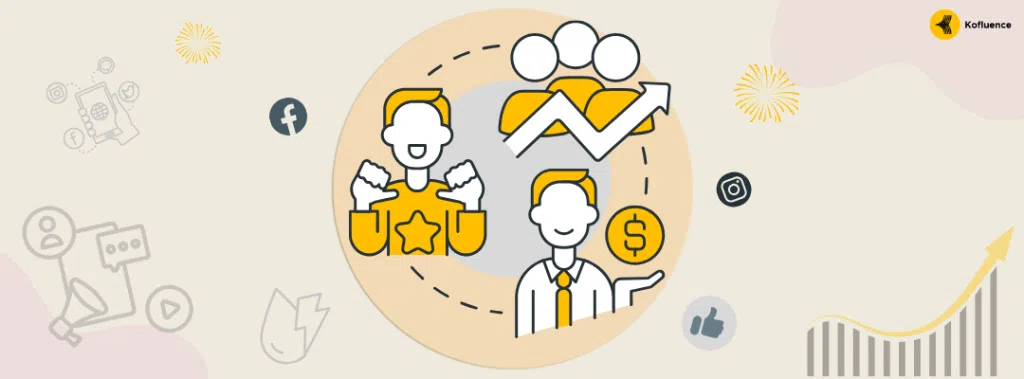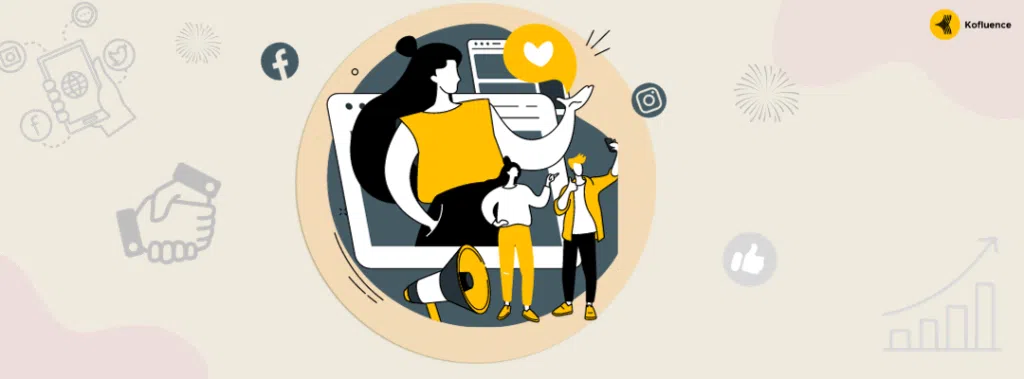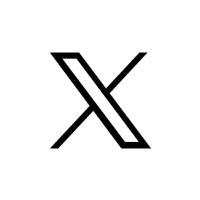Everyone has a favorite comedian, makeup artist, food connoisseur, travel blogger, or for that matter a popular face in the community who endorses a certain specific product on social media. Ever wondered how or why they do it?
If you’ve observed closely, you would’ve noticed that the brand certain individuals associate themselves with, will usually be aligned to their field of work. These individuals are ‘Influencers’ and this type of marketing employed by the brands is called ‘Influencer Marketing’.
What Is Social Media Influencer Marketing Platform?
Different types of campaigns require different social platforms to amplify their message, if it’s a video-based campaign brand prefers YouTube, similarly, if it’s static images or short promos that they want to showcase they’d prefer Instagram. Whenever a brand is determined to run an effective influencer marketing campaign, the first and foremost question that needs to be addressed by them is the platforms that they will be running the campaigns on. One could call a social media platform the bread and butter of an Influencer Marketing campaign. Not clear enough?
Well here’s a simple analogy to help relate. Imagine Mercedes wants to create a new concept car like never before. Even if Mercedes has all the resources, supplies, and capital to help in this aspect, they must primarily decide the type of car they want to manufacture – sedan, SUV, hatchback, etc. depending on previous records, customer demand, and current automobile trends. Only when they have a clear idea of exactly what they want to do and how they want to do it, can they start the execution process? Similarly, brands must be able to decide which social media sites work best for their influencer marketing campaign. Every influencer will have their own niche – platform when it comes to influencer marketing. Some influencers prefer Instagram, many others prefer YouTube and the rest prefer either Facebook or Twitter.
What Are The Top Social Media Sites For Influencers?
Instagram:
Instagram is easily the best platform for Influencer Marketing. This is because it caters to a young audience. Most of the Millennial products that are introduced on Instagram instantly resonate with Gen-Z. Also, it is no secret that everyone who started on Facebook has switched over to Instagram in the last decade. The massive user base Instagram enjoys helps one to get an enormous reach. Instagram is also the most engaging social media platform. According to a study by TrackMaven, Instagram sees the most average interactions per post per 1,000 followers. The average engagement ratio is 29.67 on the platform, while Facebook sees around 16.54 average interactions per post per 1,000 followers.
Facebook:
Facebook easily enjoys the most active users a month estimated to be around 2.2 billion. This makes it easy for the campaign to attain a vast majority of impressions. This is because Facebook has been around for a long time now, so most of the Millennials who started on Facebook, are still quite active on the platform. Perhaps the best advantage of Facebook is that its new algorithm categorically eliminates the number of brand advertisements and significantly increases the posts from family and close influencers. This helps micro or nano influencers enormously and once they figure out how to organically increase their followers, Facebook is theirs for the taking.
YouTube:
YouTube is an excellent platform for Influencer Marketing. Although it doesn’t enjoy the traction that Facebook or Instagram receives, YouTube has its own perks. For example, even though a simple post on Instagram about a particular brand creates sufficient buzz, campaigns on Instagram are a step-by-step process. Firstly, there’s a need to create sufficient hype about a brand. Ensure the audience has an interest. Make sure to keep them interested in more demanding content. On the whole, it is a tedious process. This method does not work on YouTube. As viewers watch a particular video for however long it is and then if interested, go for it. The Influencing process ends as soon as the Influencer stops talking in the video and asks people to like, share and subscribe. YouTube keeps the messages short, crisp, and to the point. This has been a proven selling point for many brands.
Conclusion
To conclude, deciding what social media platform to run a campaign on entirely depends on the product. However, if one feels, that a methodical campaign would suit the product best, then Instagram is the way to go. Facebook campaigns help in achieving global traction. On the whole, only you know your product best. We hope the above information helps you in running a kick-ass campaign!
If you found this blog to be helpful browse through our website for other blogs on similar topics or get in touch with us for your next influencer marketing campaign! Download the Kofluence app and find relevant campaigns catering to your target audience! To opt-in, download the Kofluence app here: iOS users, and Android users.

